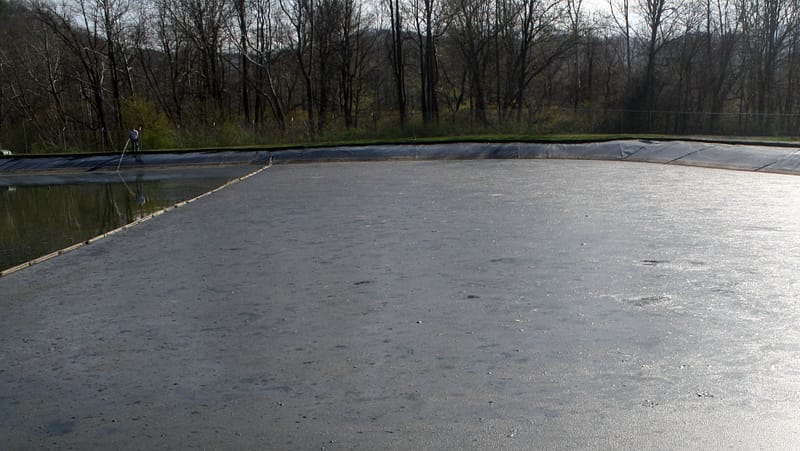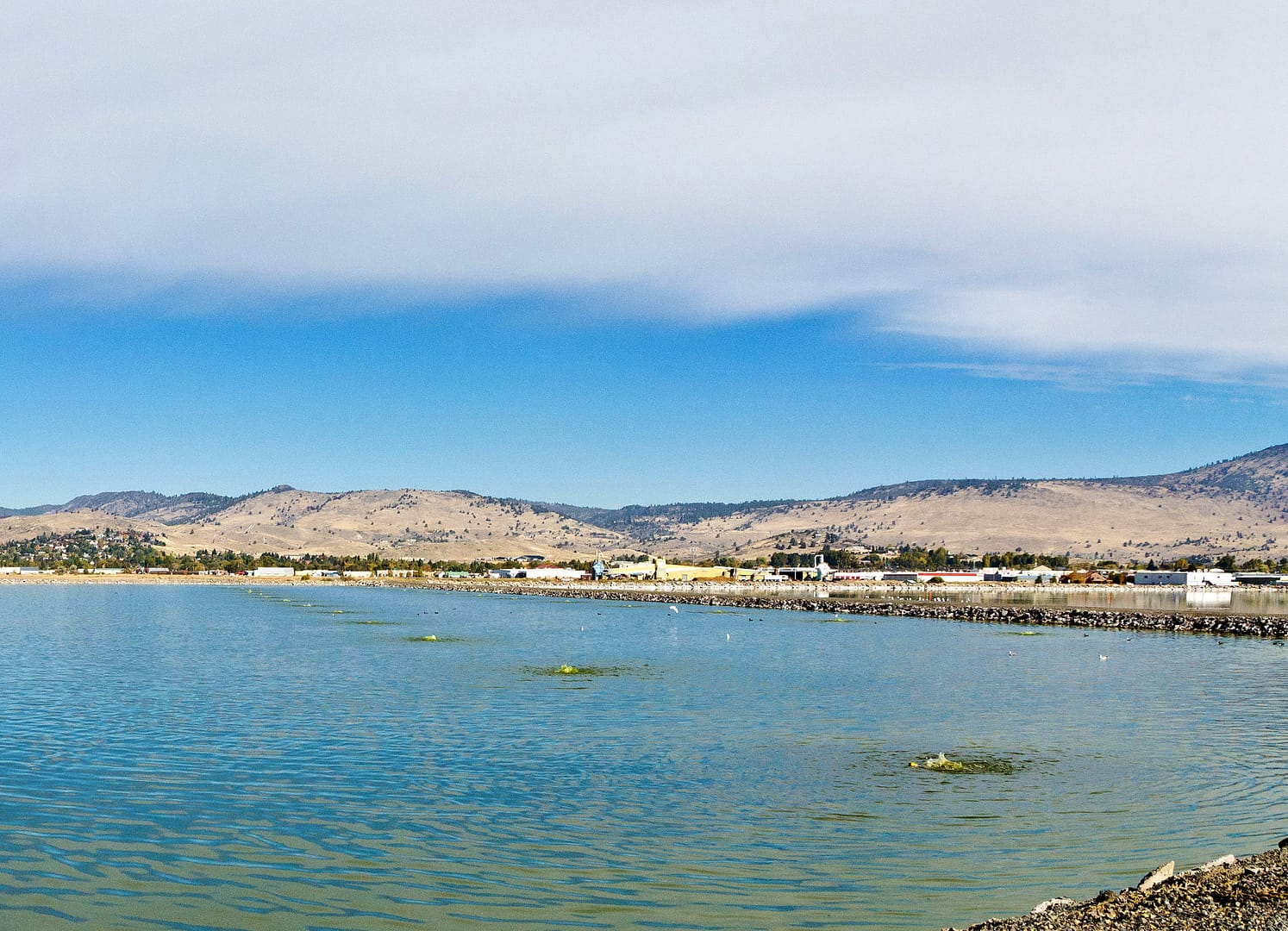What water and algae colors reveal about your wastewater lagoon's health

Although regular and accurate sampling is critical for wastewater lagoon operators, you can tell a lot about a lagoon’s health and the quality of treatment you’re getting with a visual check of water and algae color.
In this article, we’ll describe the characteristics of a healthy wastewater lagoon; outline the different common wastewater lagoon colors and their causes, such as algae and bacteria; and tell you what they might indicate about your lagoon’s health.
The Healthy Wastewater Lagoon

A healthy, efficient wastewater lagoon has sufficient dissolved oxygen (DO) levels to allow the bacteria to break down the biological oxygen demand (BOD). In addition, robust mixing through the water column keeps solids in suspension, promoting aerobic conditions for expedient BOD removal. Mixing also keeps sludge at bay to maximize the lagoon’s capacity and maximize treatment time: Sludge buildup takes up valuable volume that will shorten retention times, and adequate retention time is critical to the lagoon process.
Plus, if sludge degrades anaerobically, it can release noxious odors and increase lagoon ammonia levels—also known as fertilizer!—into the water. These fertilizers stimulate algae blooms, which will remove oxygen from the lagoon, thereby increasing your BOD and TSS levels. For more about sludge, check out our short video on YouTube: Let’s Break It Down: Lagoon Sludge.
A well maintained, optimized lagoon requires little maintenance and has low sludge accumulation and odor.
Common Wastewater Lagoon Colors
According to Steve Harris of H & S Environmental, author of Wastewater Lagoon Troubleshooting: An Operator’s Guide, seasonal changes in a lagoon’s microbial populations and chemistry combine to affect lagoon color.
Following are common wastewater lagoon colors and what they can tell you about your lagoon’s health. (Descriptions are general and may vary depending on weather conditions and your local ecosystem.)

Clear sparkling green, blue, or brown: A lagoon with clear sparkling water is healthy and has sufficient lagoon DO. Some green lagoon algae growth around the edges during the hottest summer months is acceptable.

Pea soup green or green streaks: There is an overabundance of microscopic and/or blue-green lagoon algae (cyanobacteria), which may be accompanied by foul odors. This indicates low pH and low lagoon DO, and may cause high TSS in the effluent. For more information on how to fix this problem, see our blog on Lagoon Algae Prevention and Control.

Bright green leafy covering: Duckweed. This common floating plant spreads rapidly, especially in the heat of July and August, and indicates high nutrient levels.
Duckweed will cause low lagoon DO levels and high TSS. Since duckweed likes stagnant water, mixing will keep it at bay.

Clear: Possibly excess ammonia or sulfide toxicity coming from anaerobically digesting sludge. It could also be an indication that lagoon DO and pH are falling. For more information on lagoon ammonia, see our Lagoon Ammonia Solutions page and learn about our NitrOx® system for cost-effective lagoon ammonia removal.

Red patches: Daphnia water fleas, which consume algae and bacteria, turn red when stressed due to lack of food (algae). This indicates insufficient lagoon DO. Read our article, Why are there red streaks in my lagoon? for more about Daphnia.

Gray or black: You may smell it before you see it: A gray or black lagoon is septic with anaerobic conditions. This will likely result in complete treatment failure if left uncorrected.
Optimizing Lagoon Health
An unhealthy wastewater lagoon, one choked with algae and sludge, or inhabited by the wrong kind of microbial life, cannot provide effective treatment. To promote the health of your lagoon and ensure permit compliance and the lowest possible operating cost, sufficient aeration and mixing are required. Triplepoint’s Ares Aeration® does both. The Ares Lagoon Aeration System combines the mixing advantages of lagoon coarse bubble diffusers with the efficiency of fine bubble diffusers in a high flexibility, low maintenance, portable unit. For more information, download our Ares Aeration brochure or contact us and we will be happy to help you with your lagoon aeration project.


